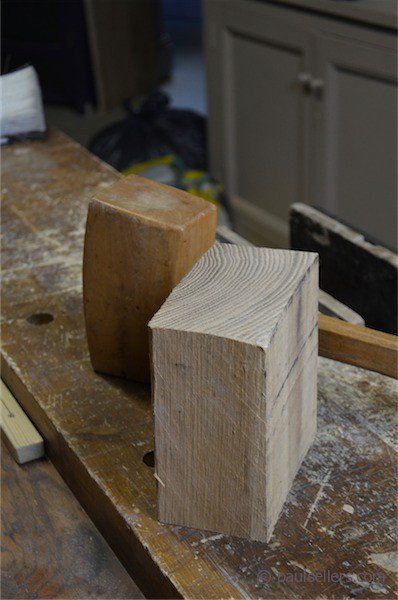Here’s My Mallet – Making My Wooden Mallet




Comments are closed.
You must enter certain information to submit the form on this page. We take the handling of personal information seriously and appreciate your trust in us. Our Privacy Policy sets out important information about us and how we use and protect your personal data and it also explains your legal rights in respect of it. Please click here to read it before you provide any information on this form.
If you can’t get thick stock, is it ok to glue up the head?
Yes, I see this often enough and it works. Some woods are hard glue, for such hard impact tools, but oak, ash, cherry are fine. Pecan, hickory might be more questionable but would be great in the solid. I have seen the mortised section left out by crosscutting on the chopsaw to the right angles. A few grains of sand in the glue, a few, reduces the risk of slippage and so too a couple of nails left 1/16″ above the surface with the heads cut off.
Hi Paul,
in the video you tell that nothing that is laminated seems to last very long time.
Were you speaking only of malletts, or also of, fore exaple, laminated tops for workbenches, or planes, etc…
Thanks,
Valerio.
No, I was primarily talking about short section laminations of thicker section.